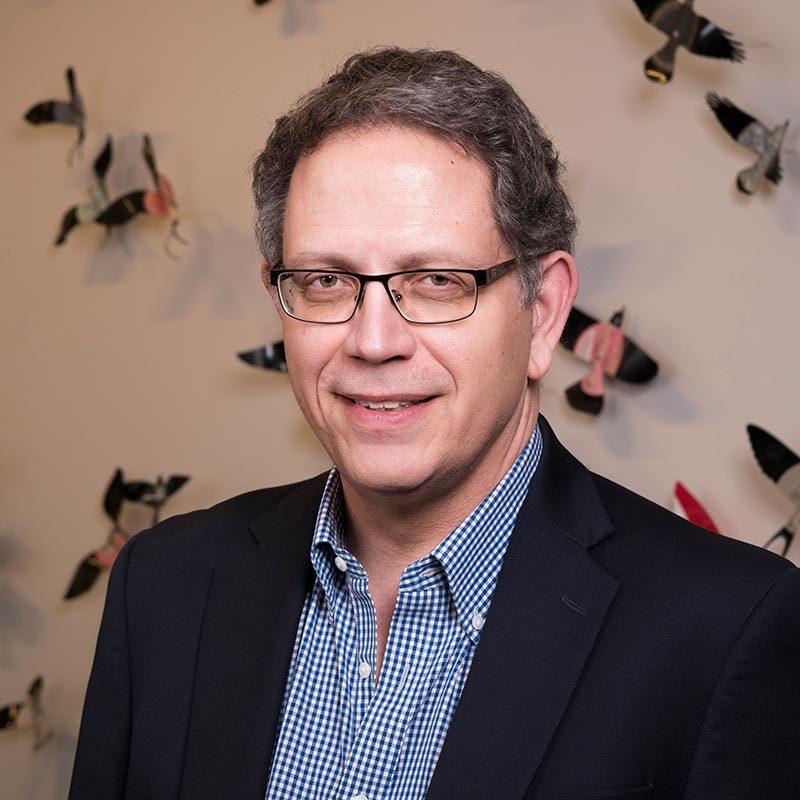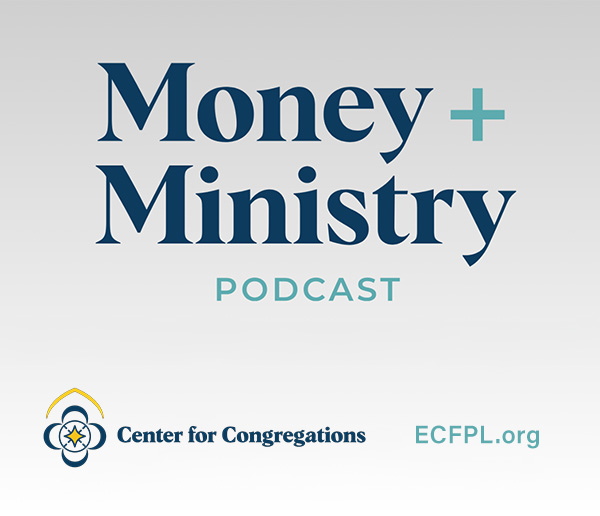Editor’s note: This is one in a series of reflections on thinking institutionally. To learn more, see “Why institutions matter” by L. Gregory Jones and “God save us through your institutions” by Jason Byassee.
What do you do when the grant money runs out?
For those of us who operate sizable projects that began with gifts from foundations, this is an especially important question. Three times over the last 10 years, I have had to face the reality with projects big and small that grant money, like all seed money, does run out. But how does a leader avoid the natural inclination to focus his or her energy on securing the next grant rather than doing the work itself? What really makes a project sustainable?
Not long ago, I sat down with retired Army Lt. Gen. James Dubik in a conference room at the offices of the National Leadership Roundtable on Church Management in Washington, D.C. I had never heard of Dubik, and initially he did not reveal many details of his story. Over the course of an hour and a follow-up Google search, I discovered that this retired three-star general was a leading figure in numerous reform movements in the U.S. Army and had now given his life to working on behalf of the Roman Catholic Church.
As he described the challenge of assisting with the temporal affairs of the church in dioceses across America, he offhandedly mentioned that this was a 15-year project. The number struck me: I spent 15 years as the founder of an educational and consulting ministry. In that time, we introduced language that is now used by thousands of churches. The services we pioneered are now commonplace.
But a long view coming from a military officer? If Dubik were a typical soldier, he had never served more than four years in any given job. He had frequently moved about, only working on specific and reasonably small parts of any major project. He knew he could not finish what he was starting. His job was to do his part, to involve others in the work and share his experience freely. He didn’t call it “thinking institutionally,” a term used by political scientist Hugh Heclo. But that’s what he was doing -- situating his work within a deep understanding and appreciation for the Army’s past and future.
Those in the religious world can learn from this story. Grant programs for Christian institutions seldom last longer than three or four years. It is just enough time to figure out what works and, just as importantly, what does not. Similar to a U.S. presidential term, as soon as one is elected attention turns to the next election. As soon as you get the grant, you worry about the next one.
Taking the long view -- an approach that means peering in two directions -- is the more strategic course. When a project begins and as it evolves, its leader must delve into the history of the institution executing the project. How does this work fit within the long view of the system? How does it build on the capacities developed in other projects? How does the project extend or deepen the work that is in place and the mission that is articulated?
Every couple of years in the consulting ministry I started, someone would alert me that some organization or another was created or converted to do the same work. At first I worried about this. I devised ways to fight back. Later I realized that most of these “competitors” were not sufficiently grounded in the capacities of their sponsoring institutions. They were not built with a sense of history. They fell as fast as they rose.
Taking the long view also requires looking into the future. What would it mean to think of grant funds as building capacity that can be deployed by the institution long after the project is finished? What are the deep needs of the church, community or world that we can address now? How can we start in a way that makes a lasting difference and that leaves a legacy of strength?
I view the people who work on new projects as the single most significant resource. If the project is carried out in a way that the employees are equipped for ministry into the future, the project will have a long-term impact even if it closes at the end of the first grant. This view is not easy to maintain. A short funding cycle can make employees and partners nervous. Anxiety most often creates a short-sighted view. One of the major leadership challenges Christian leaders face is to be honest about the future and yet keep the long view in mind for all.
What do you do when the grant money runs out? That is the wrong question. The real questions are: What difference is the project intended to make? How does this project fit within a view of ministry that extends even further than Dubik’s 15 years? How does the project contribute in its time-limited way to advance the purposes of God’s work in the world and the reign of God that is not bound by time and space?
Finding more money may be the easy part of sustaining a ministry. Building a practice of deepening one’s understanding of the past and future of the work in the midst of the day-to-day stresses of doing the work is very tough. Yet the reward is a well-grounded sense of purpose that provides strength and energy for the challenges we face.








